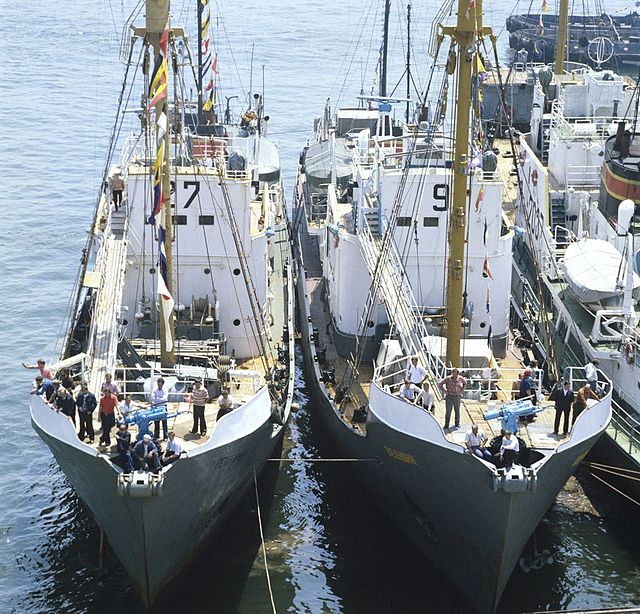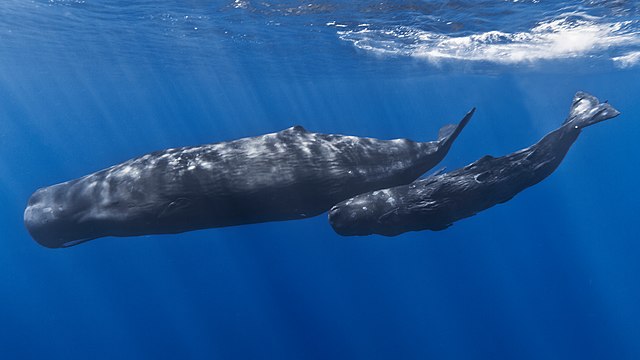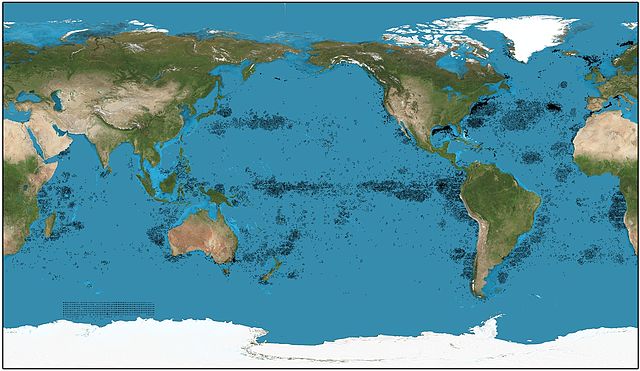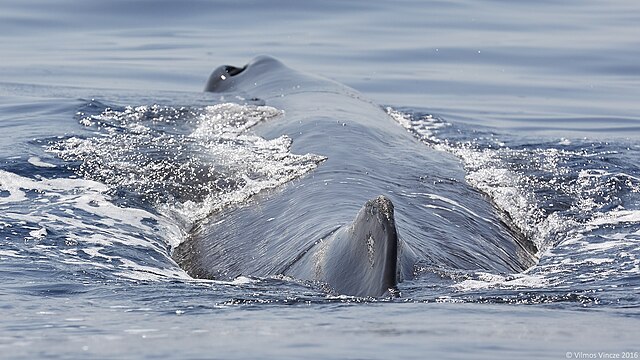Whaling in the Soviet Union and Russia
Russian whaling has been conducted by native peoples in the Chukotka region of Russia since at least 4,000 years ago by native Yupik and Chukchi people, but commercial whaling did not begin until the mid-19th century, when companies based in Finland sent out vessels to the Pacific. It was not until 1932 that modern pelagic whaling began to take off with the purchase of an American cargo ship which was renamed the Aleut, which was the only Soviet factory ship until World War II. After the war, with the need for a stronger Soviet economy and rapid industrialization of the country during the 1940s and 1950s, Soviet whaling took off and became a truly global industry. The first Soviet whalers reached the Antarctic during the 1946–47 season with the factory ship Slava and then underwent a rapid expansion during the late 1950s in which 5 new fleets were added within a 4-year span: Sovetskaya Ukraina in 1959, Yuriy Dolgorukiy in 1960, and Sovetskaya Rossiya in 1961 for the Antarctic, and finally two large fleets in 1963 for the North Pacific. Thus, by the early 1960s Soviet whaling had truly become a global industry, operating in every ocean except the North Atlantic and undertaking voyages that could last as long as seven months each. From 1964 to 1973, the Soviet Union was considered by some the biggest whaling nation in the world.

Ships of the Sovetskaya Ukraina factory fleet tying up at the port of Odessa during the 1959–1960 whaling season
Whale bones on the shores of Chukotka in the 1980s
Sovetskaya Rossiya fleet returning to Vladivostok after the 1968–69 Antarctic season
Catcher ships of the Soviet whaling fleet at Vladivostok in 1979
The sperm whale or cachalot is the largest of the toothed whales and the largest toothed predator. It is the only living member of the genus Physeter and one of three extant species in the sperm whale family, along with the pygmy sperm whale and dwarf sperm whale of the genus Kogia.
Image: Mother and baby sperm whale
Image: Sperm whale distribution (Pacific equirectangular)
Unusual among cetaceans, the sperm whale's blowhole is highly skewed to the left side of the head.
A sperm whale skeleton








